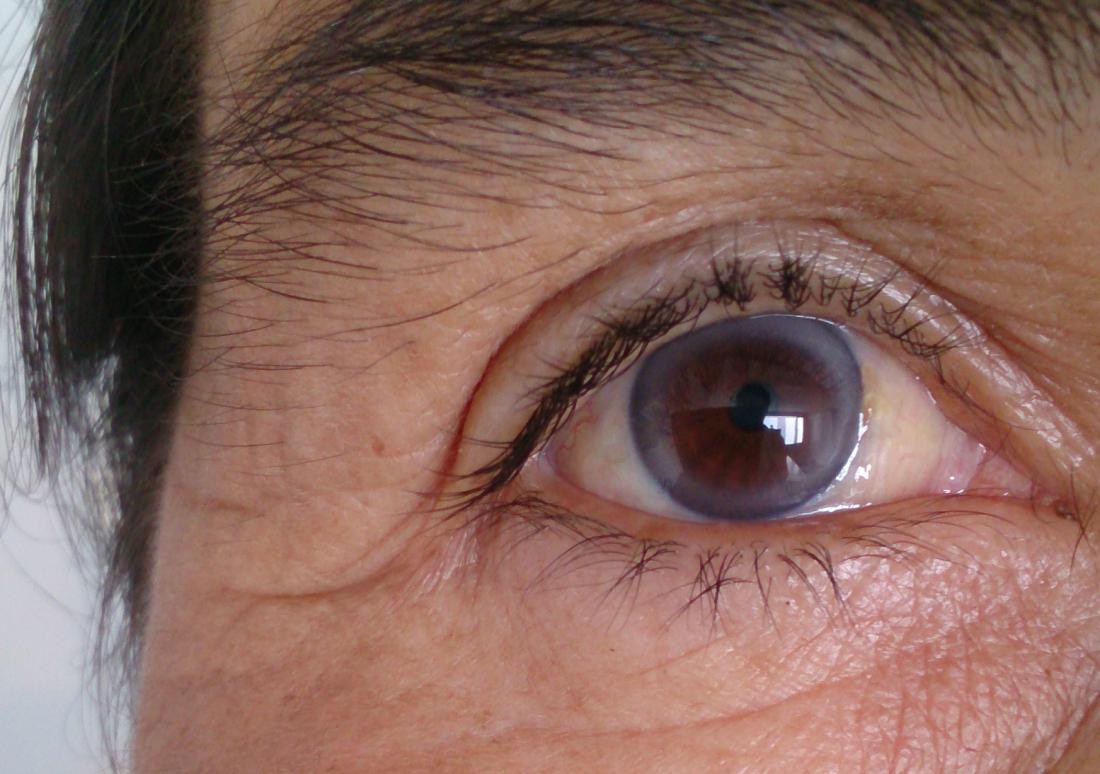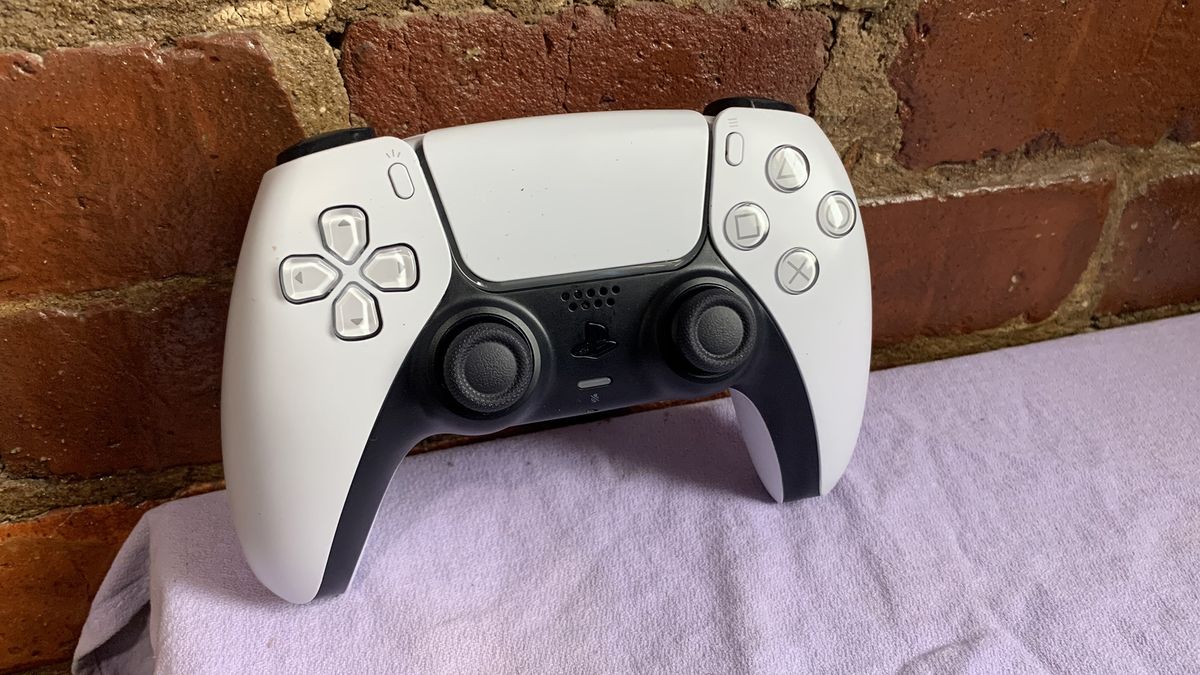When light bends as it enters your eye — called diffraction — your eyes perceive that halo effect. If light can’t focus properly on the retina, you may begin to see halos and glare.
What Causes Halos Around Your Eyes, Seeing halos can be especially problematic at night or in a dimly lit space, when they’re more likely to interfere with your vision. Often referred to as “rainbow vision,” seeing rainbow halos around lights is a normal response to bright lights.

Which means your eyes don’t refract or “bend” light correctly. Squinting to try and improve vision. One of the symptoms of advanced diabetic retinopathy is halos around lights, which occur due to a distortion of vision from the damaged retinal vessels in the back of the eye. Squinting to try and improve vision.
It most often occurs in both eyes.
Yes, glares and halos are common symptoms after undergoing lasik surgery. Halos are bright circles that surround a light source, like headlights. This can be caused by a number of different things. Diffraction can sometimes be caused by glasses and contact lenses, but it can also be a disease’s side effect. Seeing halos around lights could mean that you’re developing a serious eye disorder such as cataracts or glaucoma. Halos often appear at night when the area around the lights is dim or dark, such as while driving at night.
 Source: safesight.co.za
Source: safesight.co.za
What are halos around lights? Glaucomaglaucoma occurs when the optic nerve becomes damaged due to high inner eye pressure, and is a leading cause of blindness worldwide. The cause of haze, fog, and haze is diffuse light that diffuses as a result of lens fibers or foamy degeneration of epithelial cells. Halos often appear at night when the area around.
 Source: 10faq.com
Source: 10faq.com
Seeing halos can be especially problematic at night or in a dimly lit space, when they’re more likely to interfere with your vision. When light bends as it enters your eye — called diffraction — your eyes perceive that halo effect. There are many eye conditions that can cause this to happen. The condition affects both eyes and can worsen.
 Source: decoratingspecial.com
Source: decoratingspecial.com
Squinting to try and improve vision. Seeing halos around lights can be an early sign of acute glaucoma, which is considered a medical emergency.if you suddenly start seeing halos around lights in addition to other symptoms like headache, vomiting, blurred. We see halos around light fixtures and headlights when light entering the eye from a bright object is bent in.
 Source: iflscience.com
Source: iflscience.com
Squinting to try and improve vision. One of the symptoms of advanced diabetic retinopathy is halos around lights, which occur due to a distortion of vision from the damaged retinal vessels in the back of the eye. Corrective eye procedures, such as lasik can also produce halos as a side effect. Those who have fuchs’ dystrophy may experience discomfort, cloudy.
 Source: shellysavonlea.net
Source: shellysavonlea.net
When light bends as it enters your eye — called diffraction — your eyes perceive that halo effect. The most common and important cause of this is acute glaucoma. Halos often appear at night when the area around the lights is dim or dark, such as while driving at night. This can be caused by a number of different things..
 Source: tonteraslight.blogspot.com
Source: tonteraslight.blogspot.com
The most common and important cause of this is acute glaucoma. If you have glaucoma, you have increased pressure in your eye. It most often occurs in both eyes. The condition affects both eyes and can worsen over time. Common eye problems that can cause halos and glare include:
 Source: wellnessclues.com
Source: wellnessclues.com
Seeing halos can be especially problematic at night or in a dimly lit space, when they’re more likely to interfere with your vision. Below, we’ll explain the most common reasons that people see halos and when you should visit your eye doctor. When light bends as it enters your eye — called diffraction — your eyes perceive that halo effect..
 Source: startsat60.com
Source: startsat60.com
These symptoms can show up at any time of the day. Seeing halos can be especially problematic at night or in a dimly lit space, when they’re more likely to interfere with your vision. It most often occurs in both eyes. Glare is light that enters your eye and interferes with your vision. Often referred to as “rainbow vision,” seeing.
 Source: eyetique.com
Source: eyetique.com
This can be caused by a number of different things. There are many eye conditions that can cause this to happen. Glaucomaglaucoma occurs when the optic nerve becomes damaged due to high inner eye pressure, and is a leading cause of blindness worldwide. Halos and glare can also originate in the retina, the thin lining in the back of the.
 Source: omeg2020.com
Source: omeg2020.com
During the surgery, the eye doctor removes your cloudy lens and usually replaces it with an artificial lens. Seeing halos around lights is a result of diffraction, an effect that occurs when the light bends while entering the eye. Halos often appear at night when the area around the lights is dim or dark, such as while driving at night..
 Source: herbalpicnic.blogspot.com
Source: herbalpicnic.blogspot.com
When light bends as it enters your eye — called diffraction — your eyes perceive that halo effect. Which means your eyes don’t refract or “bend” light correctly. Glares and halos result from your eyes trying to adjust to newly shaped corneas. Occasionally, seeing halos around lights is a side effect of lasik surgery, cataract surgery, or from wearing eyeglasses.
 Source: pinterest.com
Source: pinterest.com
Migraine headaches commonly cause people to see auras or halos and can cause kaleidoscope vision as well. Sometimes it�s a response to bright lights, especially if you wear glasses or contact lenses to correct nearsightedness, farsightedness or astigmatism. Halos are bright circles that surround a light source, like headlights. Seeing halos around lights can be an early sign of acute.
 Source: drjockers.com
Source: drjockers.com
Seeing halos can be especially problematic at night or in a dimly lit space, when they’re more likely to interfere with your vision. Corrective eye procedures, such as lasik can also produce halos as a side effect. Can astigmatism cause rainbow halos? 3 sometimes, glares appear as starbursts (a dispersed glow of light from a source). One of the symptoms.
 Source: southernidahoeye.com
Source: southernidahoeye.com
The most common and important cause of this is acute glaucoma. Eyestrain — visual fatigue causes the eyes to be tired and burning or itching in the eyes may accompany the fatigue. The condition affects both eyes and can worsen over time. What causes me to see halos around lights? Sometimes it�s a response to bright lights, especially if you.
 Source: decoratingspecial.com
Source: decoratingspecial.com
Seeing halos around lights can be an early sign of acute glaucoma, which is considered a medical emergency.if you suddenly start seeing halos around lights in addition to other symptoms like headache, vomiting, blurred. Below, we’ll explain the most common reasons that people see halos and when you should visit your eye doctor. Corrective eye procedures, such as lasik can.
 Source: medicalnewstoday.com
Source: medicalnewstoday.com
Glaucomaglaucoma occurs when the optic nerve becomes damaged due to high inner eye pressure, and is a leading cause of blindness worldwide. When light bends as it enters your eye — called diffraction — your eyes perceive that halo effect. Halos often appear at night when the area around the lights is dim or dark, such as while driving at.
 Source: rochestereyeassociates.com
Source: rochestereyeassociates.com
Halos often appear at night when the area around the lights is dim or dark, such as while driving at night. When light bends as it enters your eye — called diffraction — your eyes perceive that halo effect. This condition can be detected during an optical coherence tomography test (or oct scan). There are many eye conditions that can.
 Source: scientificanimations.com
Source: scientificanimations.com
They usually occur because there is extra water in the layers of the eye. Seeing halos can be especially problematic at night or in a dimly lit space, when they’re more likely to interfere with your vision. Seeing halos around lights can be an early sign of acute glaucoma, which is considered a medical emergency.if you suddenly start seeing halos.
 Source: harvardeye.com
Source: harvardeye.com
Seeing halos around lights could mean that you’re developing a serious eye disorder such as cataracts or glaucoma. Not everyone who experiences kaleidoscope vision or halos gets a migraine afterwards, reports perret opticiens 2 3. Eyestrain — visual fatigue causes the eyes to be tired and burning or itching in the eyes may accompany the fatigue. Rainbows are beautiful, but.
 Source: asgeyehospital.com
Source: asgeyehospital.com
Seeing halos around lights can be an early sign of acute glaucoma, which is considered a medical emergency.if you suddenly start seeing halos around lights in addition to other symptoms like headache, vomiting, blurred. Most people who have had lasik are likely to experience glares and halos immediately after surgery. What causes me to see halos around lights? 3 sometimes,.

Seeing halos around lights at night or glare from the headlights of oncoming cars is often caused by refractive errors. Most people who have had lasik are likely to experience glares and halos immediately after surgery. Not everyone who experiences kaleidoscope vision or halos gets a migraine afterwards, reports perret opticiens 2 3. Often referred to as “rainbow vision,” seeing.
 Source: easyhealthoptions.com
Source: easyhealthoptions.com
Occasionally, seeing halos around lights is a side effect of lasik surgery, cataract surgery, or from wearing eyeglasses or contact lenses.23 мая 2019 г. During the surgery, the eye doctor removes your cloudy lens and usually replaces it with an artificial lens. Common eye problems that can cause halos and glare include: When light bends as it enters your eye.
 Source: decoratingspecial.com
Source: decoratingspecial.com
Sometimes it�s a response to bright lights, especially if you wear glasses or contact lenses to correct nearsightedness, farsightedness or astigmatism. Seeing halos around lights can be an early sign of acute glaucoma, which is considered a medical emergency.if you suddenly start seeing halos around lights in addition to other symptoms like headache, vomiting, blurred. Those who have fuchs’ dystrophy.
 Source: decoratingspecial.com
Source: decoratingspecial.com
When light bends as it enters your eye — called diffraction — your eyes perceive that halo effect. Sometimes it�s a response to bright lights, especially if you wear glasses or contact lenses to correct nearsightedness, farsightedness or astigmatism. Glaucomaglaucoma occurs when the optic nerve becomes damaged due to high inner eye pressure, and is a leading cause of blindness.
 Source: anonhq.com
Source: anonhq.com
Which means your eyes don’t refract or “bend” light correctly. When light bends as it enters your eye — called diffraction — your eyes perceive that halo effect. Seeing halos around lights can be an early sign of acute glaucoma, which is considered a medical emergency.if you suddenly start seeing halos around lights in addition to other symptoms like headache,.








